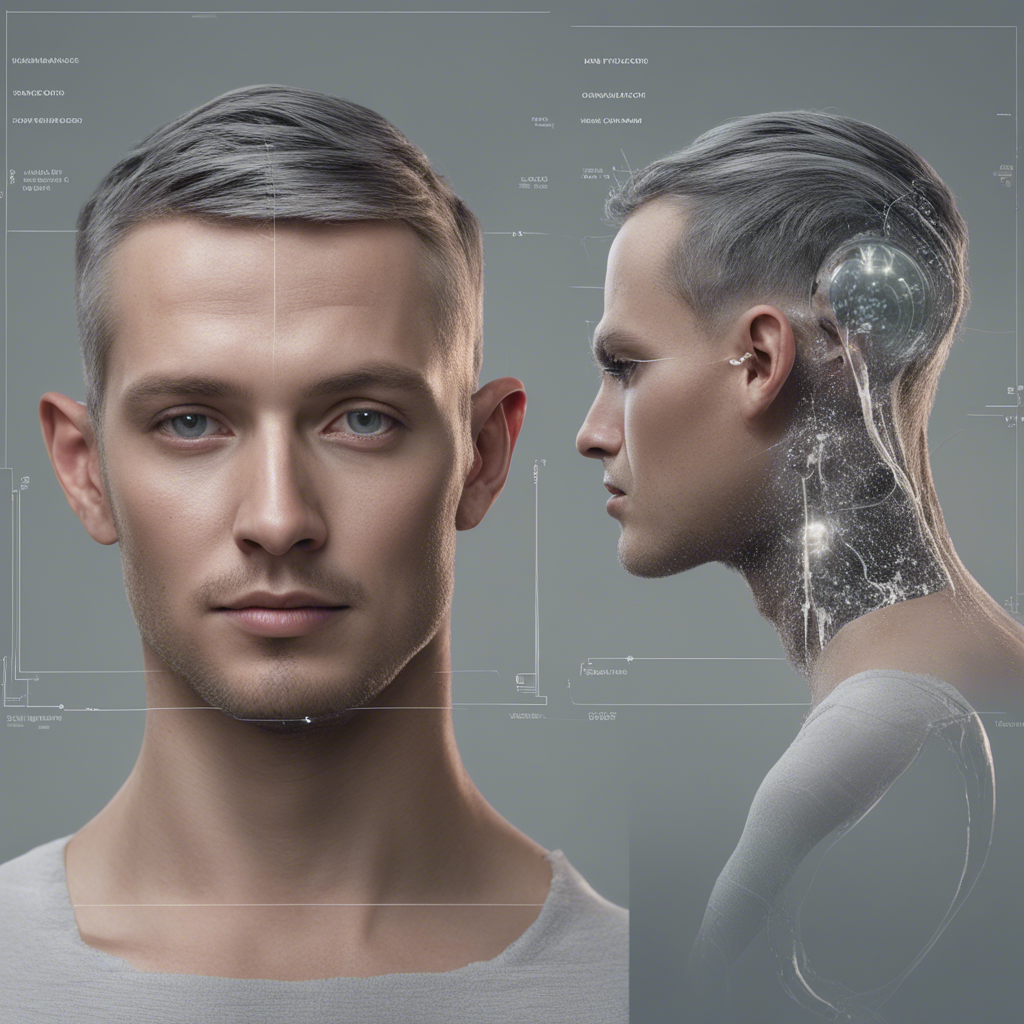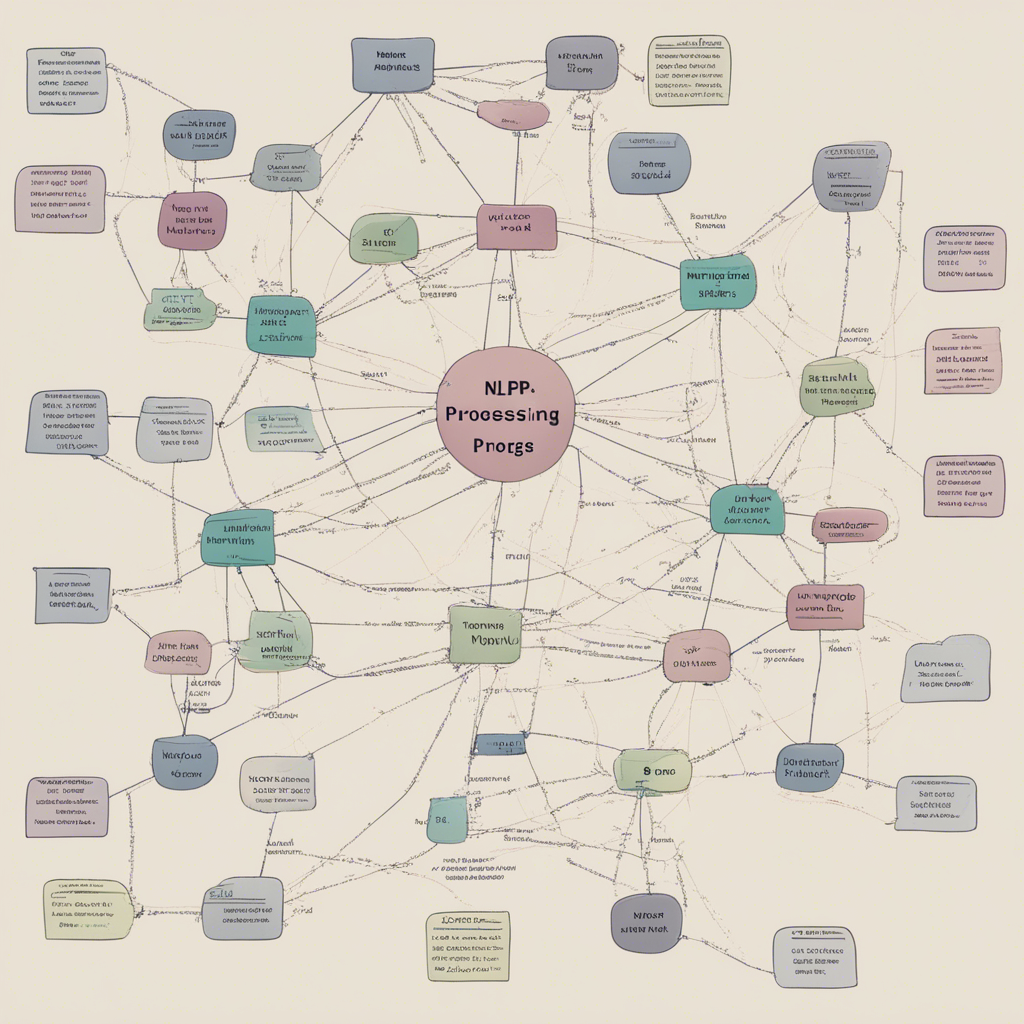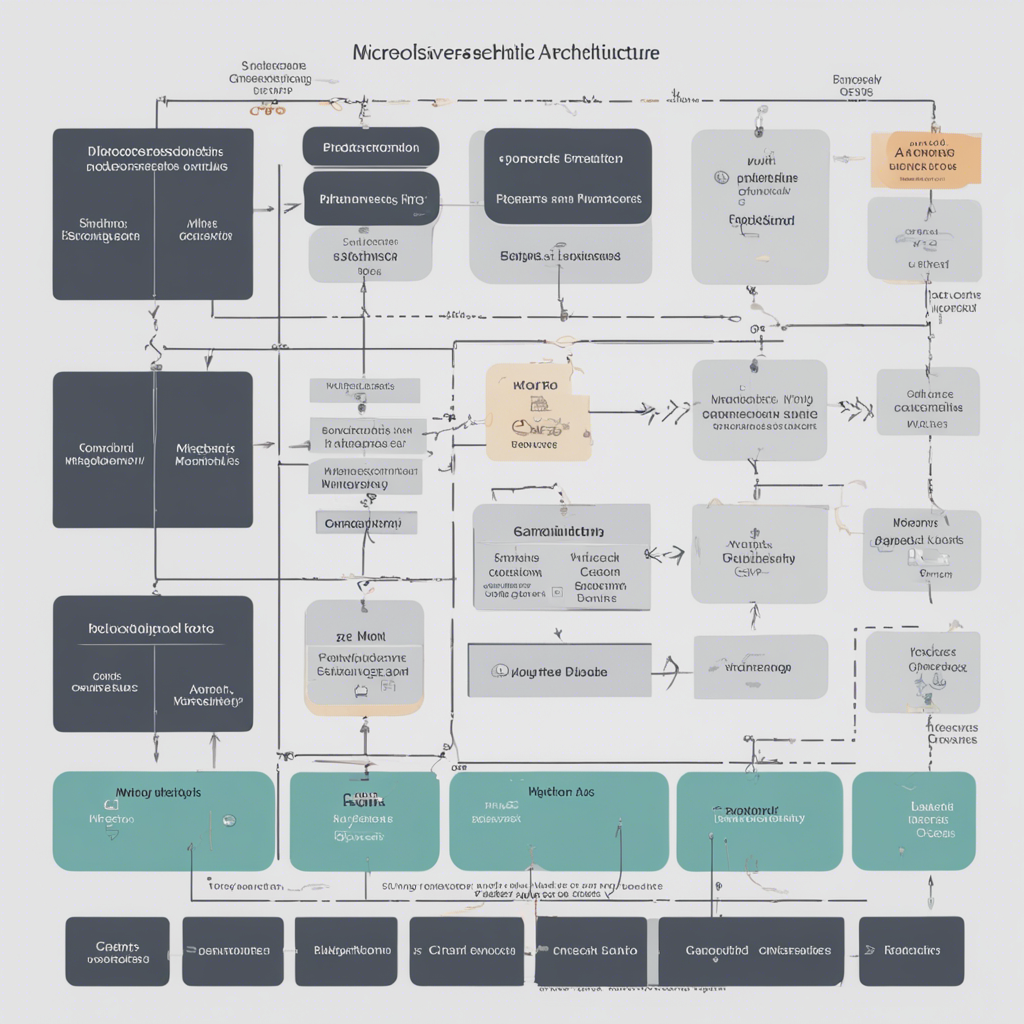
Biohacking: The Cutting Edge of Human Augmentation
In recent years, the field of biohacking has emerged as one of the most exciting and revolutionary areas of scientific exploration. Put simply, biohacking refers to the practice of using technology and science to optimize and enhance human performance and well-being. From improving physical fitness and mental acuity to extending longevity, biohacking is pushing the boundaries of what it means to be human. In this blog post, we will delve into the world of biohacking, exploring its history, techniques, and potential future implications.
A Brief History of Biohacking
The term “biohacking” itself was coined by computer programmer and entrepreneur Dave Asprey, who also popularized the concept of “bulletproof coffee” as a means to boost cognitive function. However, the roots of biohacking can be traced back much further. The practice draws inspiration from a diverse range of disciplines, including transhumanism, quantified self-movement, and various other wellness and performance-enhancing approaches.
Biohacking has been greatly facilitated by advancements in technology. The advent of wearable devices, such as fitness trackers and smartwatches, has made it easier than ever for individuals to monitor and optimize their own biometrics. In addition, genetic testing has become increasingly accessible, enabling individuals to gain insights into their own DNA and make targeted interventions for improved health.
Techniques and Approaches
Biohacking encompasses a wide range of techniques and approaches, each targeting different aspects of human performance and well-being. Some of the most prominent techniques include:
1. Nutrigenomics
Nutrigenomics explores the interaction between genetics, individual biochemistry, and diet. By analyzing an individual’s genetic makeup, biohackers can gain insights into which nutrients and dietary patterns are optimal for their unique biological needs. This approach enables personalized dietary interventions that can optimize health, improve energy levels, and prevent certain diseases.
2. Quantified Self
The quantified self-movement involves using various tracking devices and apps to collect extensive data on personal biometrics, such as heart rate, sleep patterns, blood sugar levels, and more. By tracking and analyzing this data, individuals can gain a deeper understanding of their own physiology and make targeted changes to improve their performance and well-being.
3. Nootropics
Nootropics, also known as smart drugs or cognitive enhancers, are substances that can boost cognitive function, memory, and focus. These can range from naturally occurring compounds like caffeine and omega-3 fatty acids to synthetic substances like modafinil and racetams. Biohackers have been experimenting with various nootropics to enhance their mental abilities and gain a competitive edge.
4. Transcranial Direct Current Stimulation (tDCS)
tDCS involves using low-level electrical currents to stimulate specific areas of the brain. This technique is believed to enhance cognitive function, improve mood, and even alleviate certain neurological conditions. Biohackers are exploring the potential of tDCS to boost their mental performance and achieve desired states of mind.
5. Genetic Engineering
Although still in its early stages, genetic engineering holds vast potential for biohacking. CRISPR-Cas9 technology, for example, allows for precise modification of genes, making it possible to edit DNA and potentially eliminate certain genetic diseases. However, ethical concerns and regulatory frameworks limit the widespread application of genetic engineering in biohacking.
Future Implications and Ethical Considerations
As biohacking continues to advance, it holds immense promise for improving human health and well-being. However, it also raises important ethical considerations. One of the key concerns is equity, as access to biohacking technologies and interventions could potentially exacerbate existing social inequalities. Ensuring equitable access and avoiding the creation of a genetic elite should be a priority when considering the future implications of biohacking.
Furthermore, biohacking poses risks in terms of unintended consequences and potential health hazards. It is essential to approach biohacking with caution and adhere to rigorous scientific principles. Close collaboration between scientists, healthcare professionals, and regulatory bodies is key to ensuring that biohacking advancements are safe, effective, and backed by scientific evidence.
Conclusion
Biohacking represents the cutting edge of human augmentation, offering the potential to optimize and enhance our physical and mental abilities. From personalized nutrition to cognitive enhancements, biohacking techniques are revolutionizing how we approach human performance and well-being. While the field holds immense promise, ethical considerations and scientific rigor must guide its future development. By striking a balance between innovation and responsible practice, we can harness the power of biohacking to improve the quality of our lives while safeguarding the well-being of all.
“Biohacking is about taking control of your own body, mind, and biology. It’s the cutting edge of human augmentation, enabling us to push our boundaries and enhance our performance to live our best lives.” - Anonymous
References:
- Asprey, D. (2014). The Bulletproof Diet: Lose up to a Pound a Day, Reclaim Energy and Focus, Upgrade Your Life. Rodale Books.
- Deepak, R. (2019). Smart Drugs or Nootropics: The Definitive Guide to Boosting Your Cognitive Function. Independently Published.
- Kahleova, H., Rembert, E., & Pelikanova, T. (2015). Altered Gut Microbiota Promotes Insulin Resistance, a Precursor to Obesity. Nutrients, 7(1), 17-21. doi:10.3390/nu7010017.
- Kotsopoulos, J., Lubinski, J., Moller, P., Lynch, H. T., Singer, C. F., Eng, C., . . . Kim-Sing, C. (2014). Timing of oral contraceptive use and the risk of breast cancer in BRCA1 mutation carriers. Breast Cancer Research and Treatment, 143(3), 579-586. doi:10.1007/s10549-013-2854-5.
- Obici, S., Feng, Z., Arduini, A., & Conti, R. (2003). Inhibition of hypothalamic carnitine palmitoyltransferase-1 decreases food intake and glucose production. Nature Medicine, 9(6), 756-761. doi:10.1038/nm879.






